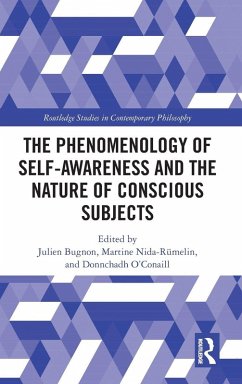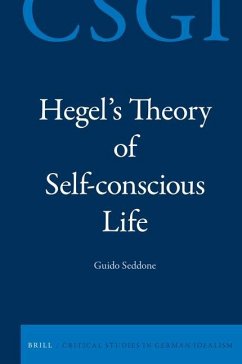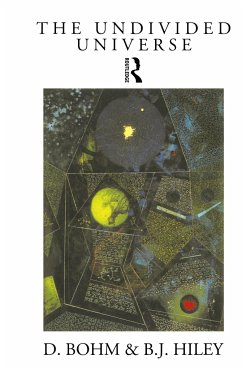
A Wave-Particle Theory of Conscious Awareness (A Philosophical Viewpoint)

PAYBACK Punkte
7 °P sammeln!
If we are to explain consciousness, at some point our explanation must come to: ...thus X happens and, as you can now see, this gives rise to full consciousness. The question this text answers is: What is it you must see? (as well as: what is X?) The answer is provided in the form of eighteen steps that analyse, reverse-engineer, and reconstruct the phenomena that constitute consciousness. As the title suggests, the text digs as deep as the quantum level. (In this 2025 updated edition the text starts with a bonus first chapter on why today's LLM AIs cannot be conscious)













